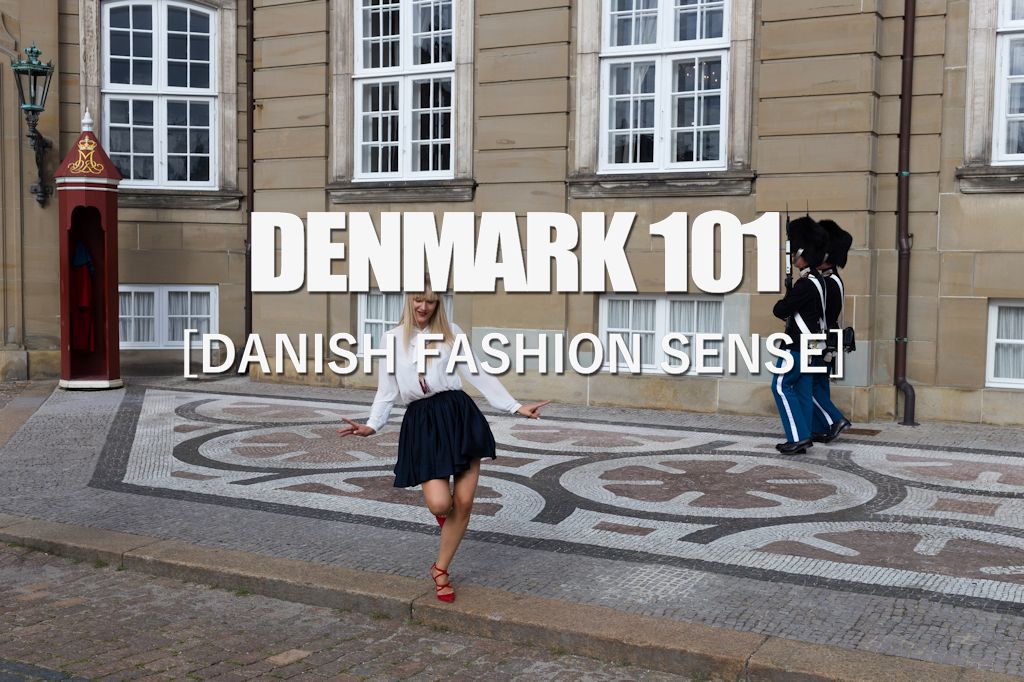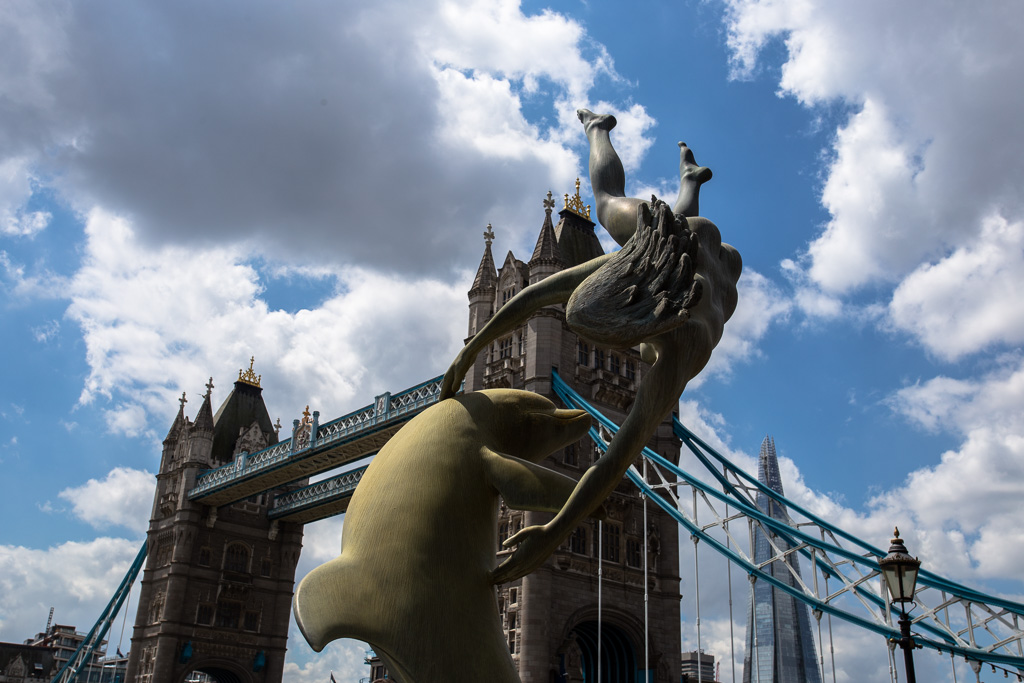The Stupid Myths We Believe as Western Travelers Time and Time Again
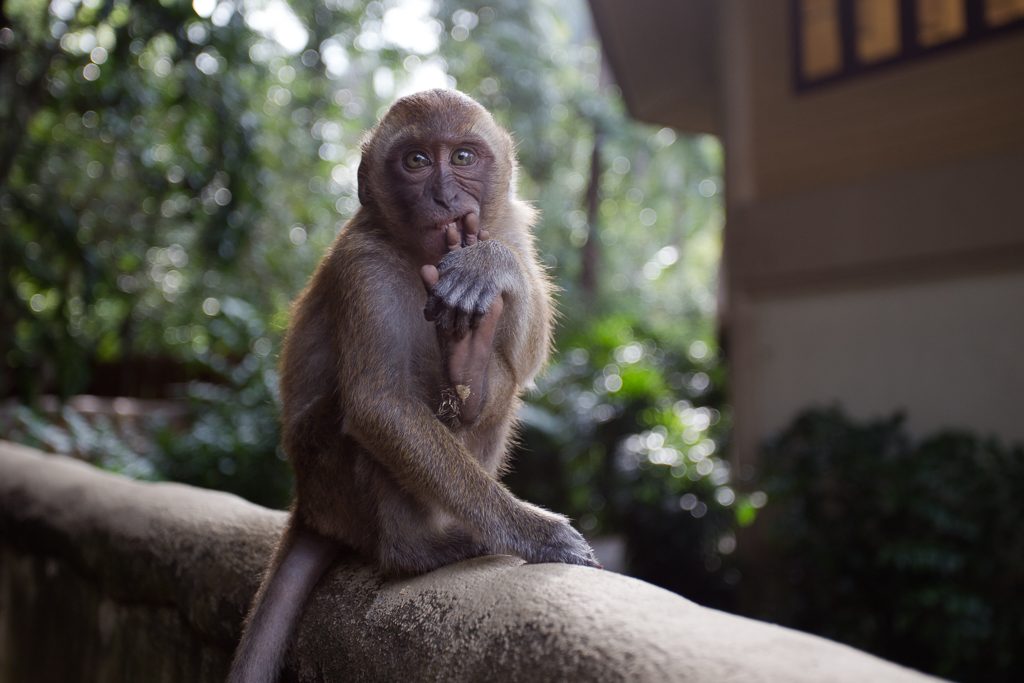
I’m narrowing in on accomplishing a major life goal on my bucket list. Before I turn 31 my aim is to have visited 50 countries…and yet, fresh back from my 45th, 46th, and 47th, I’ve just had a profoundly eye-opening and humbling experience. I had, once again, ignored the lesson I’ve learned time and time again, and bought into/believed the enormous pile of bullshit I’ve been fed by the western travel narrative about non-western destinations.
Worse than that, I realized quite vividly that I’d been gobbling down, consuming, and allowing myself to be poisoned by said bullshit for years. I always get annoyed when people tell me they can’t travel because it’s unsafe (my chances of getting robbed, stabbed, shot, or killed are far worse in Arizona than when wandering Europe) or when I read announcements like the US’s recent worldwide terror alert which only served to scare people while delivering virtually none of the context needed or adding any real value. But, the real truth highlighted for me time and time again is that I buy into my own version of this nonsense. The part that really pisses me off about the whole thing is that it keeps me from embracing amazing experiences, makes me stand-offish, much more conservative in my approach when I start, and adds bucket-loads of anxiety.
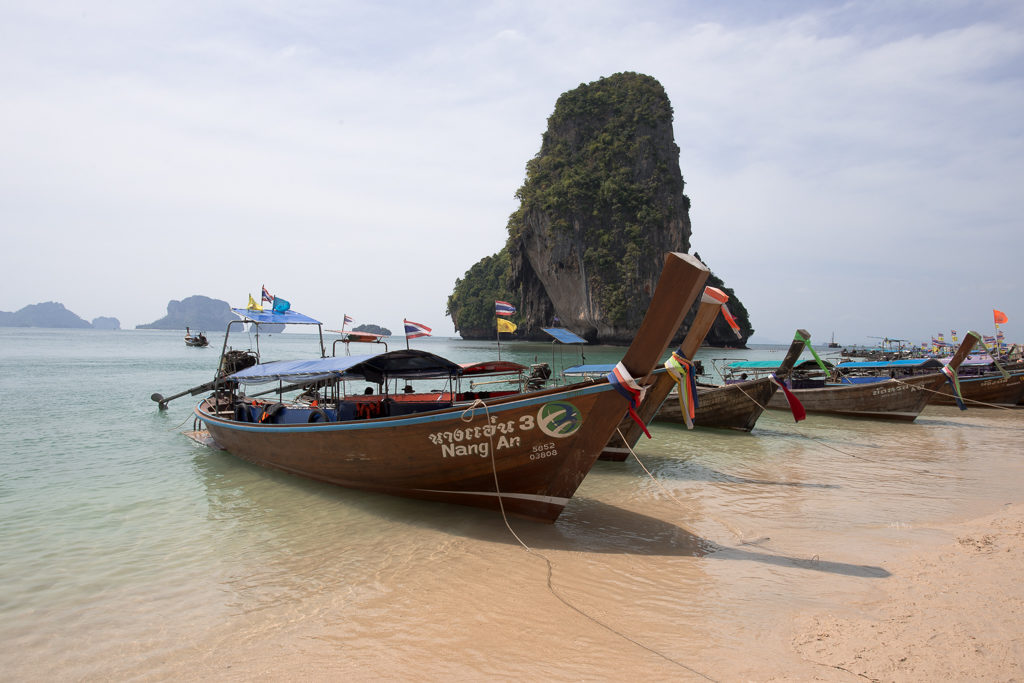
I’ve talked about misconceptions a few times in the past, such as how wrong my preconceptions about Turkey were, or my African travel fears series looking at how Africa wasn’t nearly the life-threatening-bodily traumatizing disaster adventure I had anticipated. But unfortunately, I still hadn’t learned my lesson. I’m going to do my best after my latest trip to really finally internalize this lesson and hope you’ll all join me in identifying, acknowledging, and then utterly dismissing the stories and nonsense that we’re spoon fed. It’s also worth noting that I think travel bloggers, myself included, bear some of the responsibility for perpetuating these myths.
As some long-term readers will know, up until two weeks ago, I had never been to Eastern Asia. While this is a very common and popular region for many travelers, especially budget travelers, it has for a long time been my “dark region” in that I had never been. Why? There are a number of factors which range from simple fear, lack of interest, cost, and then desire to protect and cherish the novelty. What do I mean?
- Fear: Simply put, the Asia I had built in my mind was a very alien place where getting around using English would be difficult, where everything would be deeply exotic, and where even the most basic of daily activities would be challenging. Add to that a fear of a large amount of human and animal suffering. It was a part of the world I always had very mixed feelings about.
- Lack of Interest: When I was younger I had a very strong interest in Greco-Roman and Medieval history. I find for many young people, tend to be drawn in strongly by Asia or Europe, while others sort out to Latin America, or Africa to a lesser extent. There were elements of ancient history in these other regions that offered passing interest, but beyond that I felt minimal draw. I felt their history was somewhat uninteresting, was not enamored from a cultural dating perspective, and had only minimal interest in cultural creations like anime and food. As I’ve traveled more, learned more history, been exposed to more culture, and pivoted more to an interest in food, much of this has changed and Asia has increasingly grown in appeal and draw.
- Cost: This is an odd one, as SEA (Southeast Asia) has always been extremely popular because of its relatively low cost areas. It’s why regions such as Vietnam and Thailand are thick with travel bloggers and has been a major tourist draw for decades. But, the flights from the US were usually fairly significant and even once I got to Denmark, prices and availability when I looked at SEA as a destination never seemed to work out. In 2010 I almost booked a trip to Thailand but, at the last minute, opted for South America (Argentina) instead based on pricing. Had the other factors mentioned in this section not also been weighing on me, perhaps I would have prioritized it. Never the less I didn’t and the rest is history.
- Novelty: This is a tricky one to convey. I’ve written in the past about how important it is to travel and experience things NOW in THIS MOMENT because the destination will change and evolve just as you do. You will never see or experience a place the same way as you would have if you went now and the more we travel and are exposed to, the more our relationship with novelty and novel cultures evolves. Globally, if we stereotype regional cultures down to geo-cultural macro-groups there are regions that share some (albeit very limited) cultural characteristics. As my travels took me to different continents and exposed me to different cultures, I felt a shred of sadness as the fear, novelty, excitement and sense of pure discovery that came from exploring an entirely new culture faded away. As I got a taste of Europe, Central America, South America, the Middle East, and Africa, I felt as though the last great region to explore and discover became Asia and perhaps as a separate entity Eastern Eurasia and India. While I still have an enormous amount of exploration, discovery and novel cultural exploration to do in all of these areas, I found myself keeping Asia to the side as one of my quasi-last opportunities for that utter sense of the unknown.
But, this winter I decided it was time to explore. I opted for a teaser trip to SEA which started purely by coincidence in Ho Chi Mihn Vietnam. Somehow I would then touch base in Cambodia’s Siem Reap region to see Angkor Wat, and then terminate from Bangkok with a few days in either the north or south to explore. This was far too much ground to cover properly in 19 days, but the goal was to test the waters, explore a bit, see how I coped, and if I liked it/where I wanted to go back.
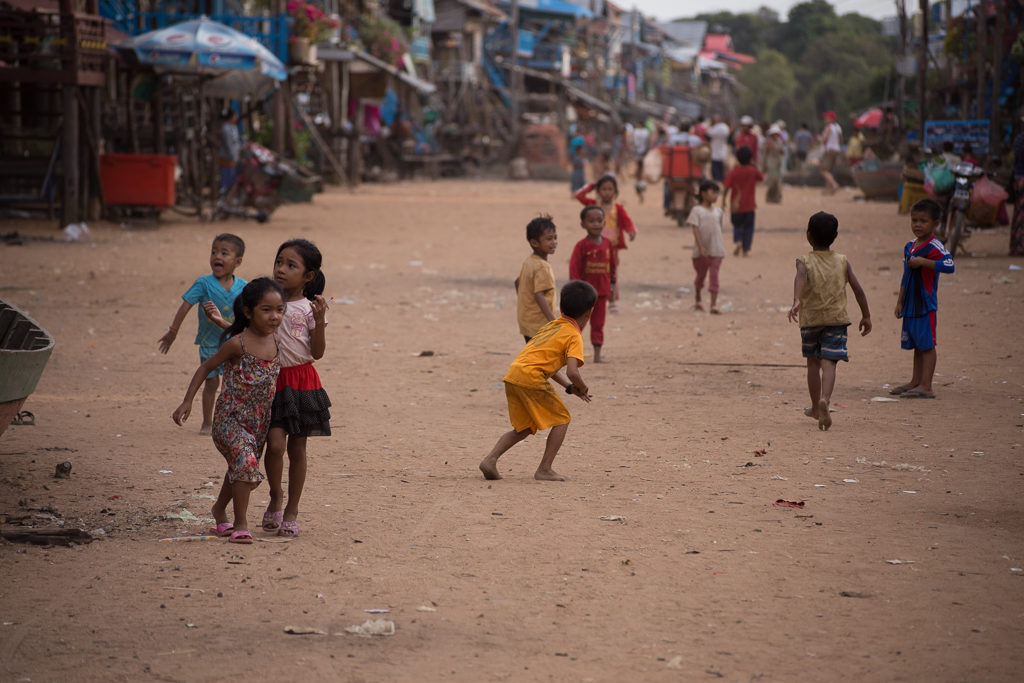
The Myths
I mentioned that for years I’d been very resistant to a visit to SEA because of different fear-based factors. Eventhough I ultimately found these to be greatly exaggerated, that is not to say that if you go into rural areas, have bad luck, or are in the heart of a heavy tourist area some of these won’t hold some truth, but they are far from the prevalent, unavoidable, and highly experientially potent experiences we’ve been led to believe.
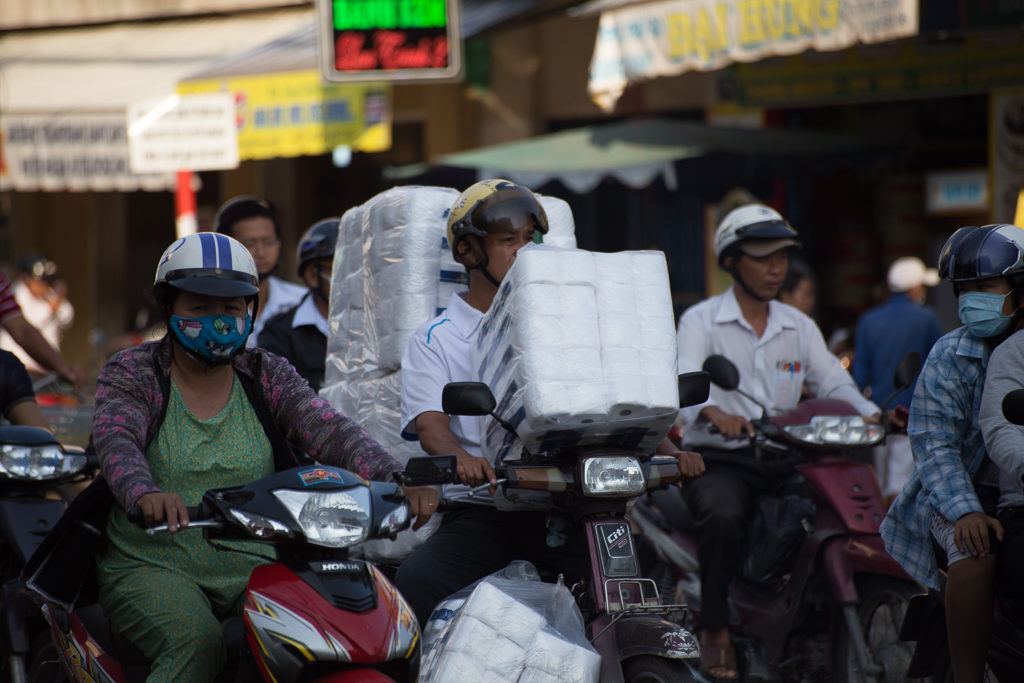
Toilets
I’m lactose intolerant, have a sensitive stomach, tend to be a bit of a germaphobe, and generally have a thing about bathrooms. I’m also quite tall and quite inflexible with very tight Achilles tendons due to salsa/dance and wearing predominantly healed boots which makes squatting flat-footed impossible and any long-duration (more than 40 seconds) squatting extremely difficult and uncomfortable.
Based on discussions, topics, videos – you name it – my expectation was that nearly every bathroom in Asia outside of Japan’s ultra modern toilets were some variation on squat toilets. Descriptions of filthy hole in the ground squat toilets with shit smeared walls, filthy water, and crud-encrusted sprayers were prolific and what I was expecting. This had been a similar fear about Africa, which had, to a lesser extent ended up being somewhat true. Though, there again, it was largely western-manufactured mythology or limited to very remote or poor parts of the countries I was in.
Squat toilets are also a massive pain in the ass and I always find myself in perpetual fear that I’m going to spray my shoes, pants, and legs. In talking to most western travelers many have similar fears which often lead them to completely strip naked before using squat toilets. Others harbor horror stories of when their balance went, things were filth, you get the idea.
It’s a bit childish perhaps to make a big deal out of this, but for me, it’s a big factor. If I’ll be hitting the toilet at least once a day, with the possibility of more while feeling rather unpleasant, I really really don’t want to have a miserable and embarrassing experience. Let’s not even get into the stories I’ve heard out of China and other regions about door-less stalls.
Then there was also the on-going confusion on just what the hell I was supposed to do with what. Was that big bucket full of water sitting next to the toilet for splashing your bum with? Or washing your poo-covered fingers? Weren’t you then bum-water cross-contaminating yourself with every other filthy poo slinger who had visited the toilet before you? What about the hose, reminiscent of the one we use for dishes in the kitchen sink in the US? Just how exactly was I supposed to use that without drenching myself or leaving the bathroom with a soaking wet bum? Also, hadn’t every other filthy poo-fingered person who came before me grabbed that exact same handle, doused it in poo water, and then wandered off?
So, when I finally got to Vietnam, Cambodia and Thailand what did I find? Toilets. Lots and lots of toilets. Normal Western toilets. In fact, despite visits to one or two somewhat more rural towns and areas throughout the entirety of my 19-day trip I never had to use a squat toilet. Sure, I saw a few…just like you can still find a few in France if you look hard enough. And if timing had been a bit different, once or twice there’s a small chance I might have had to use one. But, the reality is that even in non-tourist restaurants, homes, and destinations the toilets were more often than not sitting toilets. Now, true, one or two lacked seats but you’ll find the same in the US if you go to a dingy enough place. I’d also packed a small roll of toilet paper, as I anticipated having to constantly use my own and that TP would be scarce and a large wetwipes container. I barely needed either.
I also finally got concrete explanations for what your basic methods and types of toilet protocol are. You have your conventional stand up toilet at one extreme. This can be used with paper that is flushed, or as is more common in the developing world, a fold, twist and add to waste basket method. In many areas you also have the hose I mentioned previously. This is where the whole clean right hand, dirty left hand comes into play. When sitting on the toilet, you sit as far back as possible on the seat, thread the sprayer in between your legs in front/facing backwards and use the hose to spray upward. Depending on what you feel is needed this is all done with your right hand, and you can add your left hand, either from the front if there’s room or back to gently aid the flow of the water. Once done, use toilet paper to pat dry your bottom.
You’ll also sometimes find a large bucket of water, however, this is typically NOT to be used on your bottom but is flushing water. If you look at how your traditional toilet works, flushing just floods and pushes old water up and over an air pocket then down into the pipes. We’re used to having this stored and dumped from a large tank, but there’s not necessarily any need for this. The pan/large water bucket is just a re-located water tank. When done, scoup water, and dump it in until you’ve replaced the polluted water in the toilet with clean water. These otherwise function like normal toilets and may be used with or without paper or a hose. The main bummer is that a lot of people are jerks and leave very wet toilet seats since they couldn’t be bothered to lift the seat when pouring.
Then you have your squat toilets. These suck. End of story and there’s a wealth of how-tos and tutorials on how to brave them which you can look into.
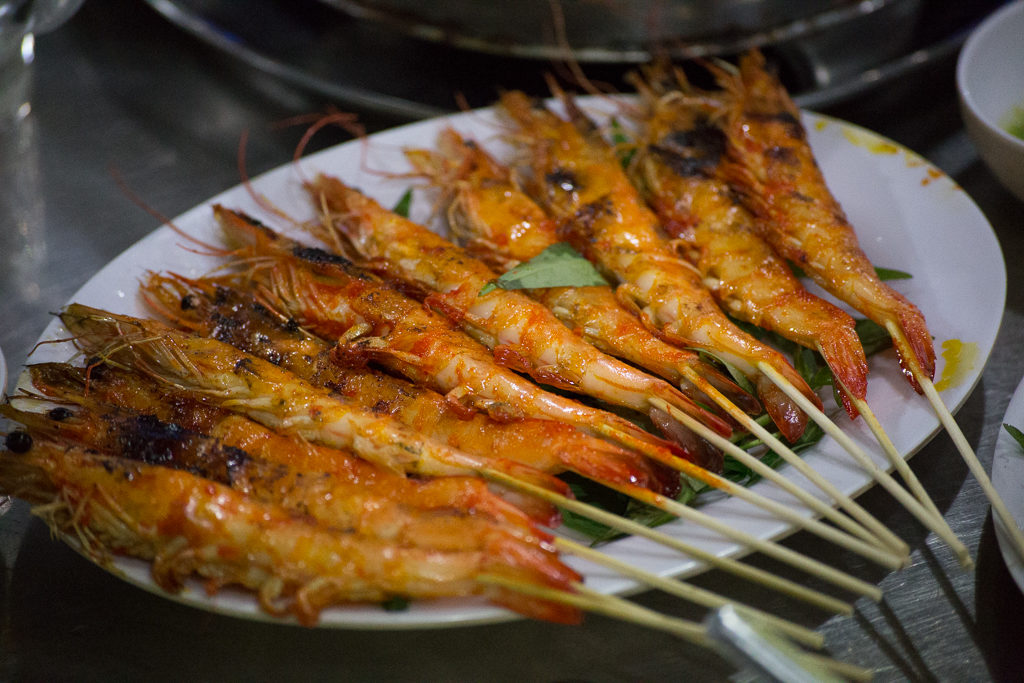
Ordering and Food Poisoning
I’m sure I got a little lucky on this one, but I made it through all 19 days without getting food poisoning. There were one or two days where I woke up with a slight stomach gurgle but after taking my slightly strong probiotic these were often gone within an hour or two. Almost every place I ate at had some sort of English menu stashed away somewhere. I ate at a lot of small local places and ran the full gambit. In Cambodia I decided to do less pork, out of fear of trichinosis but this was only on a limited scale and when I was in particularly grungy locations. I had a bunch of seafood, a bunch of meat, and even some bugs.
Everything I had heard from people led me to believe I’d be getting sick almost instantly and spend the next five days miserable in some dingy, bug-infested, bathroom hell-hole straight out of Saw. While food poisoning is obviously a very present risk, and you’re eating food you’re definitely not familiar with or used to, the general level of hygene when it came to food handling and maintenance was normally quite decent. There was one incident at a Cambodian place I ate at where a cat walked by with a massive rat, and where I found two small insects floating in my soup, but by and large the food was fresh, clean, and delicious.
The two Danish probiotics I took seemed to be absolutely amazing. I was quite skeptical when the pharmacist recommended them and I noticed that they looked more like lactose probiotics than anything instead of Imodium and an antibiotic, but…they worked great. These were “Maelkesyrebakterier” from Duolac’s Rejse 2i1 (travel 2 in 1) which I took once a day, and then “Lactocare STOP med magnesium” which I was told to take 2x a day while stopping the Duolac if things went south. The Duolac contained Streptococcus thermophilus, Bifidobacterium lactis, Lactobacillus acidophilus, Lactobacillus plantarum, and Bifidobacterium breve in addition to Prolac-T. It’s a bit less clear what the Lactocare STOP included.
The long and the short of it? The food in Vietnam and Thailand was AMAZING. I ate at some really dingy places, had no trouble ordering, got great food, and didn’t get food poisoning. When vetting places, I looked at general level of cleanliness of the food, paid particular attention to smell, watched to see if locals were eating there, and when it came to seafood was very particular on what and where I ate.
I suspect that the three mistakes most travelers make are 1) They blame an upset stomach from the heavy drinking they’re doing on bad food and 2) They eat old seafood. Remember, in the case of seafood in particular, always check to see if the fish’s eyes are clear. If they’re cloudy, the fish is old. Shrimp and other seafood should not have a strong smell. If it does, it is old and should be avoided. Clams or oysters are usually best avoided, and should never be open. These tips are as true in American supermarkets as they are in a beach-front restaurant in Thailand. 3) Don’t order western food in a place where most people aren’t eating it. That “safe” hamburger you opted for, is probably far more dangerous than the local meal of the day since it’s likely served at a far lower frequency.
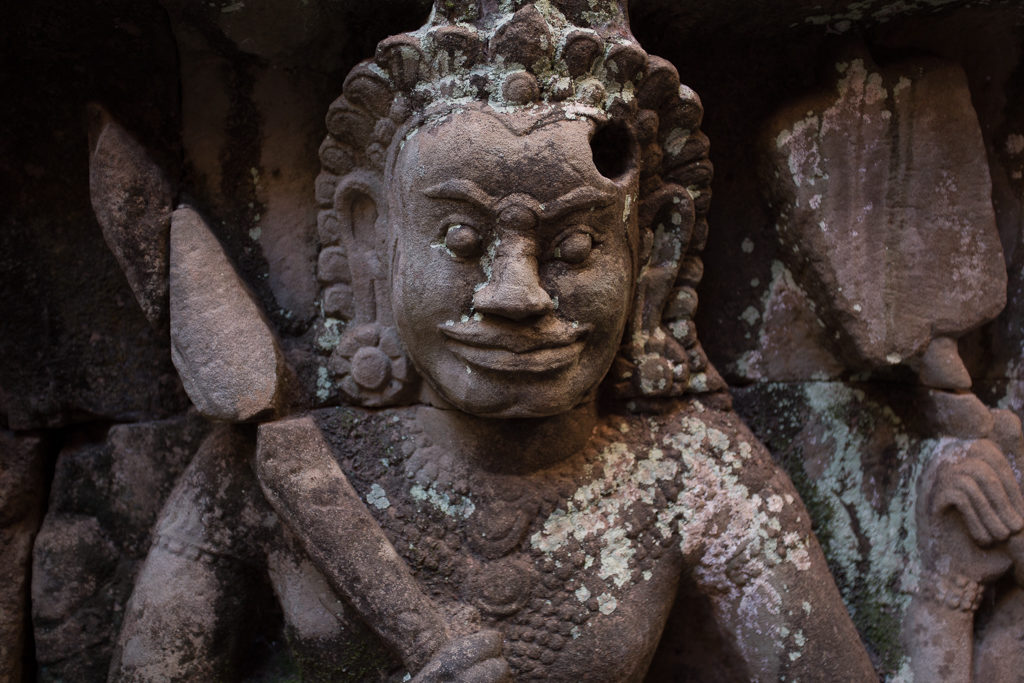
These countries are dangerous
If you are not acting like an idiot, these countries are not dangerous. I never felt at-risk or uncomfortable. I never was threatened and was never robbed or harassed. This, despite at times, acting like an idiot. On multiple occasions completely random locals told me to be careful in Vietnam about how I was recording video from the back of a moped. Why? Because of a limited risk of snatch and grabs which occur from the back of moped. This is far less common in Denmark, but even here there are periodic stories of iphones and the like getting snatched the same way. No different than NYC or whatever major city you come from.
I also took my dSLR with me. I used it in virtually all of the places I went. Now, having said that, I was also very careful with it and my phone (most of the time). Holding it securely, aware of my surroundings, not pulling it out in particularly dodgy areas, and in the case of my dSLR, always keeping the strap around my arm/wrist and keeping it on the building-facing shoulder when walking down the street.
The only real threat to you in these countries is snatch and grab or pick-pocketing. These are normal risks and should not be viewed as abnormal or blown out of proportion. In the one instance where I met another traveler who had just had a negative experience, it turned out that the culprit was actually another tourist. This is, unfortunately, quite often the case.
The locals were very friendly and often quite protective. If lost, or concerned, all I needed to do was talk to one or two locals and they’d go out of their way to be extremely helpful and kind. They were amazing.
Time and time again most of the people I’ve talked to who have had negative theft experiences or really unpleasant experiences were acting unwisely or grossly irresponsibly.
Now, having said this, I’m also a 190-pound 6’4″ male. This buys me some added leeway and means that many of the concerns a 100-pound 5’2″ girl might have are things I don’t have to worry about. It also, however, means that there are some other threats (random men wanting to fight) which many others don’t have to deal with. Regardless, these are true everywhere and on this trip never came up.
I was also in a number of different regions and areas that some might consider “dangerous”. This because of the government and their politics, some minimal level of civil unrest, the “threat” of terrorists targeting tourists or “large Muslim populations”. Again, short of actively antagonizing the groups involved and being reckless, these were all manufactured issues perpetuated by western media and the western narrative but which had virtually zero basis in reality. As I’ve expressed before, I consider the real threat from terrorists to be negligible. Issues with government officials and civil unrest are, as usual, easily avoided if you’re not being an idiot and don’t decide to lecture the Communist Military Police officer sitting behind you about their governmental policies. Civil protests are few, far between, and easily avoided. As far as the “Muslim” threat…this boils down to little more than absurd ignorance and racism.
What does sadden me here is that in places like Cambodia apparently around 50% of tourists were missing this year. I suspect similar figures applied to Krabi in Southern Thailand. While there were ample Korean, Japanese, and Chinese tourists, there were very few Western tourists. Of those that were present, most that I met were French (go figure), German, or in some areas Dutch. All because of nonsensical and highly improbably terrorist threats and largely unfounded fears that, when put in context, should leave most people embarrassed.
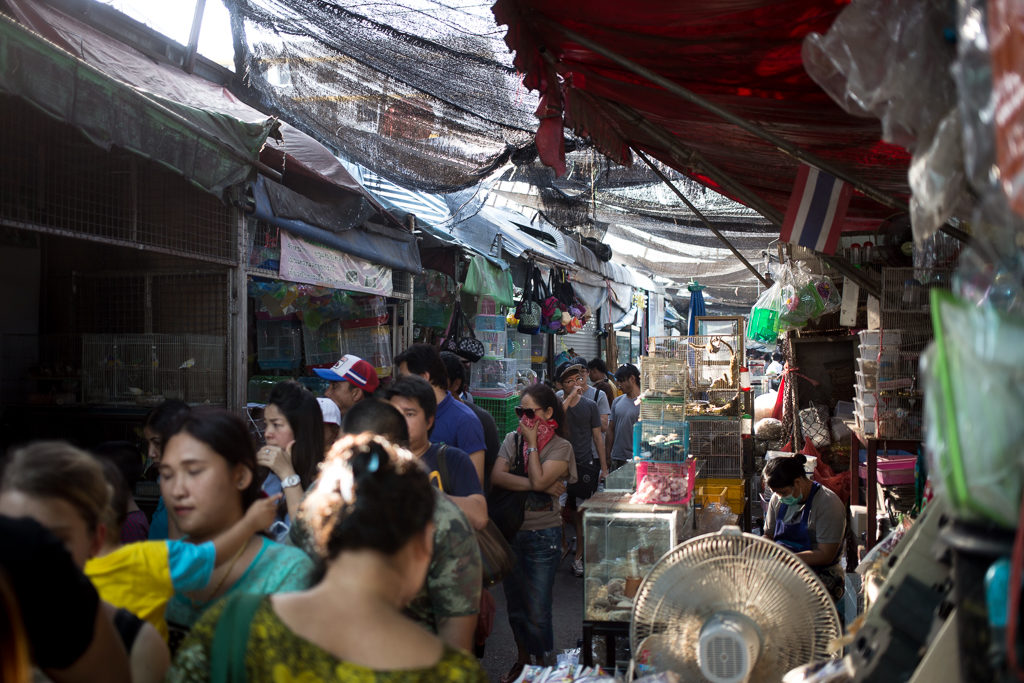
Vendors are pushy and aggressive
I don’t like pushy vendors. No one does. They’re annoying, they’re rude, and they leave you feeling uncomfortable. Based on some stories, films, and various western narratives I had been led to expect a lot of extremely aggressive, obnoxious and pushy vendors (and people in general). The only group I found this to be particularly true of was taxi and tuk-tuk drivers in Bangkok. Two groups which I’d be happy to see go bankrupt or punched in the face. Preferably simultaneously. However, outside of these two, most vendors were very polite, relaxed, and anything but obnoxious. My experiences closely mirrored what I’d found when I visited Turkey. Large markets that are heavily touristy such as the Grand Bazaar (Istanbul) or the backpacker streets in Saigon and Bangkok tend to have pushy vendors. The aggressive and rude nonsense, however, is confined almost purely to these areas. Walk 5 minutes in any direction outside of these areas and that rude intensity evaporates almost instantly.
The other part has to do with how you engage as a tourist. Your eye contact, hand motions, and statements convey your level of interest and engagement. I found quite often that even the most persistent of merchants in the most touristed parts of town were still easy to get rid of when I was polite, but firm and refused to engage.
I think it’s also important to note that the locals in these regions are extremely friendly and helpful in general. Quite often many tourists are so afraid based on the negative experiences they’ve been told to expect, or one or two bad experiences with a “friendly helpful local” that they miss out on the incredible hospitality and friendliness of locals. At the end of the day, keep in mind where you are and who the person is who has approached you.
Regardless – as I found with Turkey, and have found time and time again elsewhere – the market and street merchant experience you find prolific in most movies rarely pans out in reality. Especially if you move even slightly beyond the most touristed and manufactured of shopping experiences.
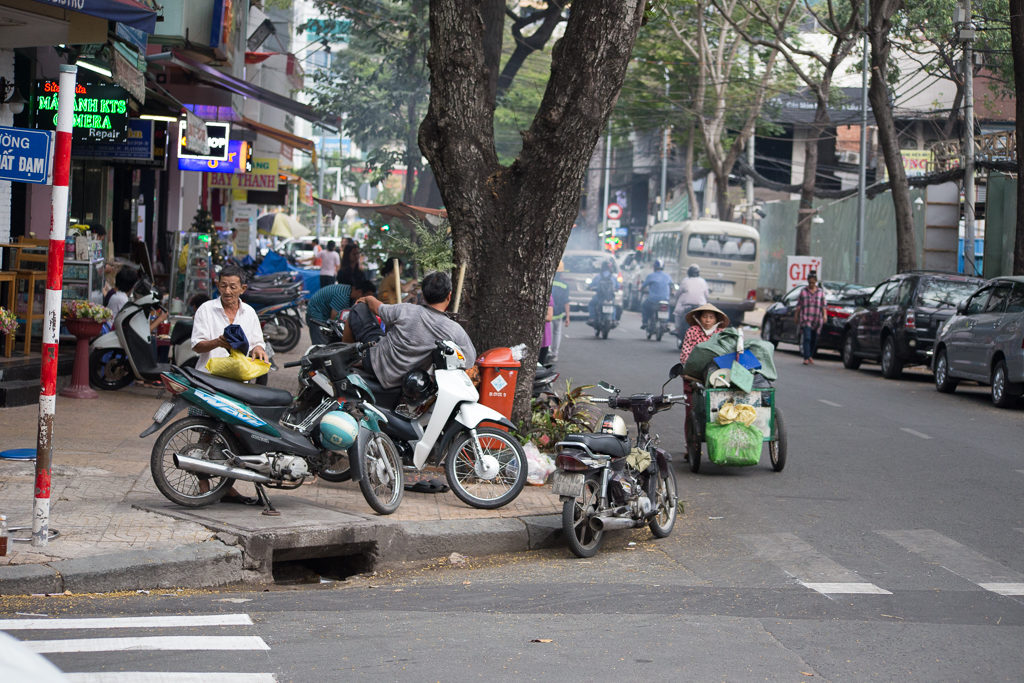
Everyone is trying to screw you
Based on everything I had heard, a major part of me expected to get home exhausted at the end of every day having spent the majority of my day fighting with people trying to take advantage of me. Obviously, as with pushy vendors, some caution is needed and a sense of situational awareness, but by and large the vast majority of my interactions with people were incredibly pleasant. These cultures have a profound dedication to hospitality, warmth, and social responsibility. As a foreigner most locals will view you as their guest and be thrilled at the opportunity to talk to you, include you, and share with you.
More often than not locals went out of their way to help me, look after me, and to share with me rather than somehow trying to get something from me or screw me. In short, the people were incredible and far more gifting, benevolent, inclusive, and eager to help me than I think you’d find almost anywhere in the West.
Is that tuk-tuk driver in Bangkok probably a smarmy jackass? Yeah. But, then again, is that a surprise? And even there, for every schmuck I met, I met other folks like my tuk-tuk driver and guide in Cambodia who was warm, incredibly helpful, went out of his way to offer a great service, and absolutely trustworthy while delivering a great value (visiting Angkor Wat or Siem Reap? Check him out).
So, if you feel like most of the people you’re encountering are trying to take advantage of it, it’s probably time to take a 5-minute trip somewhere else. You’re more than likely immersed in an area that is a grossly distorted version of the local community and population.
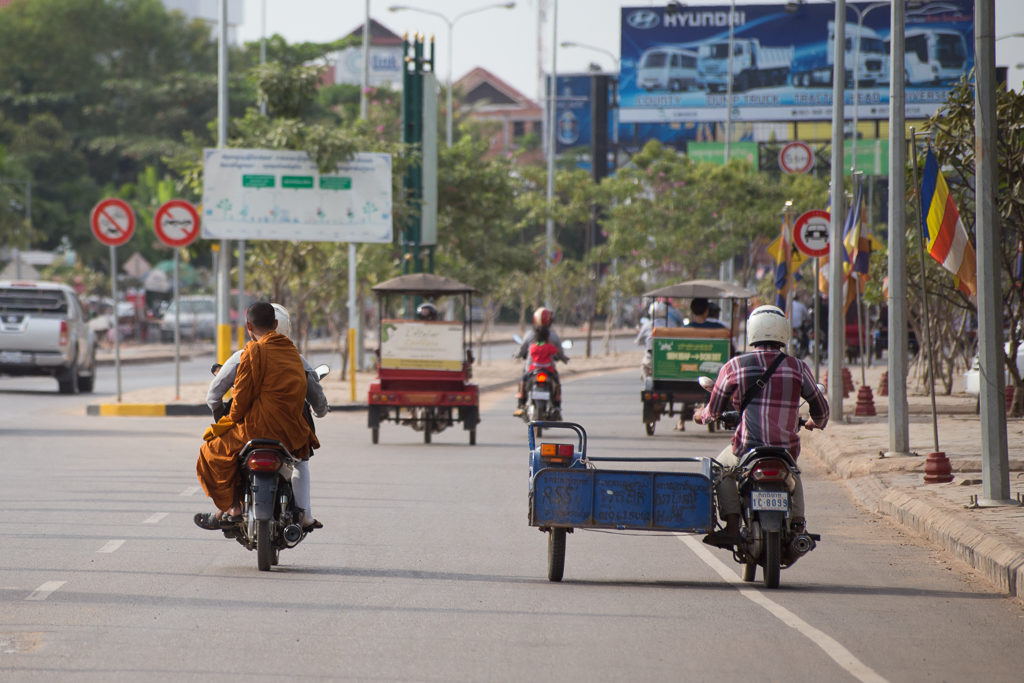
Transportation
Getting around wasn’t difficult. I was expecting miserable chicken buses completely over-packed with smelly people while finding myself trapped for hours on buses without restrooms or ferries which were likely to sink at any moment.
As I mentioned at the start of the post, in my head I had a vision of Asia as this impenetrable warren of street signs and transportation systems that would leave me lost, confused, isolated and at risk of theft or feeling ill. One thing I LOATHE is long-duration bus trips. Luckily, transportation in SEA is largely very cheap and I’m no longer traveling on a shoestring budget.
Getting around within the cities was easy and cheap. The one exception was Bangkok, where I should have used the BTS system, but instead was relying mostly on walking and an occasional tuk-tuk, taxi, or moped taxi. In the future, I’ll likely pay the $5 for a local sim and use a service like Uber to bypass these guys. I suspect that most of what you hear from tourists when they speak negatively about merchants in SEA stems from these guys in Bangkok. The tuk-tuk drivers running their gasoline stamp/suit shop stop scams and the “metered” taxi drivers that won’t do meter-based trips were tiresome, dishonest, and annoying.
Outside of this, my experiences elsewhere were largely positive. A cached version of the city with wifi enabled to allow GPS tracking, was a great way to cross check where I was, and what I was doing when taking things like local buses. But, even then and there, it was largely unnecessary. Vehicles were often a bit run down and not the nicest (with the exception of Uber-like services), but were all functional and decent. Especially when the price is taken into consideration.
I did end up doing one long-haul bus ride, and one 2-hour regional bus ride, as well as a number of local city buses. As deeply unpleasant as I found the long-haul (14-hour) bus ride, there was still a functional restroom on board, the seats were clean, and the bus was a bit tired and old but in relatively good shape. The regional mid-sized bus in Vietnam was super easy, clean, modern, and relatively spacious. There wasn’t a bathroom on board, and ultimately I had no need, but all that was required was requesting a stop if need had arisen. Something a number of locals did along the way. Getting off at the right stop was a little nerve- wracking but ultimately very easy. Especially when I took the time to communicate to the ticket taker.
Air travel throughout the three countries was simple and easy with most of the planes being comparable if not more modern and luxurious than many budget European and American airlines.
In short, getting around within the cities and in-between them in these countries was far from difficult. Language was rarely a problem and I never felt like it was overly inconvenient or frightening.
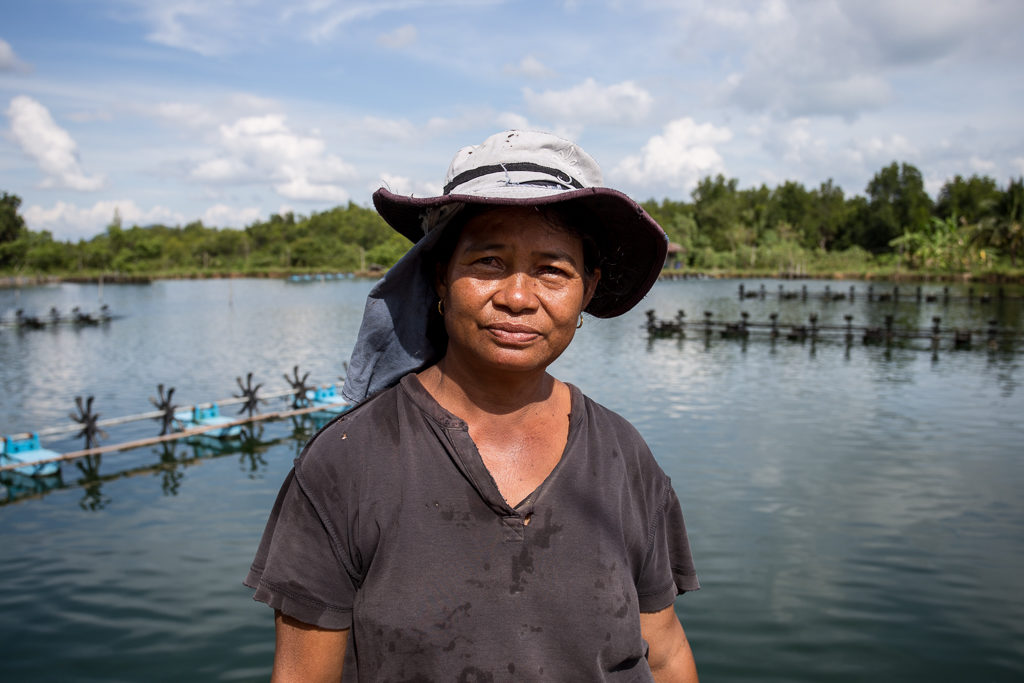
Language Barriers
Another common myth is that virtually no one in SEA speaks English and that it’ll be difficult to navigate and get things done. While this might be a bit of a problem in the most rural of areas, and while it’s true, there wasn’t a profoundly high level of proficiency in many areas, locals spoke ample English to get by and were happy to track down a young kid or someone nearby who could translate if needed. In many areas I didn’t feel like the level of fluency was THAT much lower than parts of Central and Eastern Europe and in general follows a similar pattern – the young children speak decent English, folks my age are a toss-up, and the older generations tend towards much less fluency.
Even in instances where language barriers were present, the incredible warmth, friendliness, and hospitality-inclined nature of the locals in each of these countries made these language gaps largely irrelevant and they were never problematic.
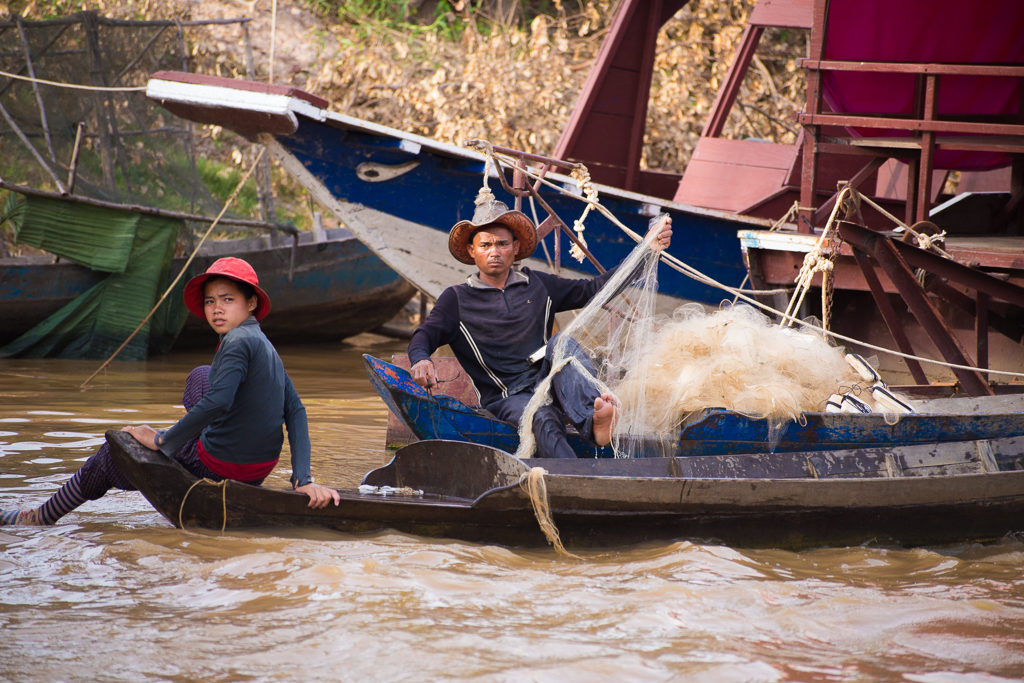
Is that the SEA you’ve been taught to expect?
So, have I learned my lesson? I sure hope so. Once again the myths that I’d been fed and consumed were proved to be baseless, destructive, unfounded, and in many cases downright foolish or decades out of date. Hopefully with this post you’ll walk away with two realizations or at least pieces of food for thought: 1) The myths we’re raised upon as westerners really are grossly misleading and 2) Perhaps some of the myths that you’ve heard about SEA are also grossly inaccurate or gross exaggerations.
When we stoke our fears and biases by consuming and perpetuating these myths we risk engaging in self-fulfilling prophecy at worst or missed and delayed opportunities at best. I absolutely loved my time in Vietnam, Cambodia, and Thailand and now relish exploring more of the region and different parts of these countries in greater depth. Fear is part of what makes travel so rewarding, at least when we overcome it and learn from it. But, it can also be crippling if we wait to master it. Time and time again, what travel teaches us is an important life lesson – the things and outcomes we fear are often far worse in our heads than in reality. The truth of the moment is much more often rewarding, educational and far from traumatic. It is something that enriches us as individuals.
So, with that in mind – safe travels, open roads, and enjoy exploring all that’s out there! You have so much yet to discover.
